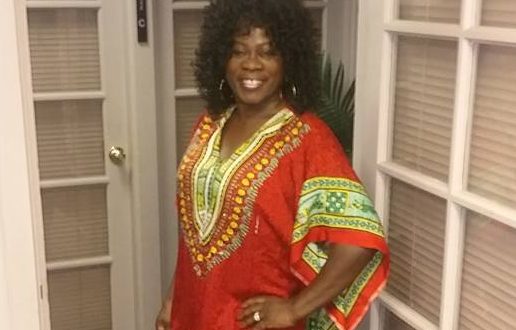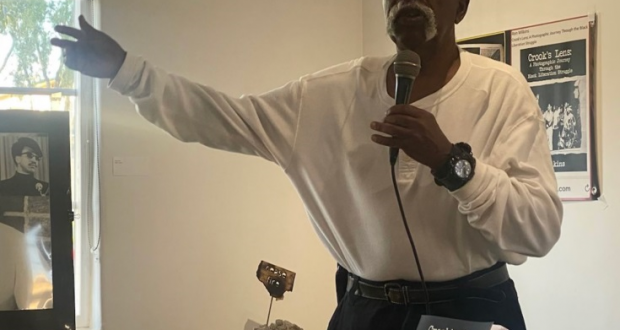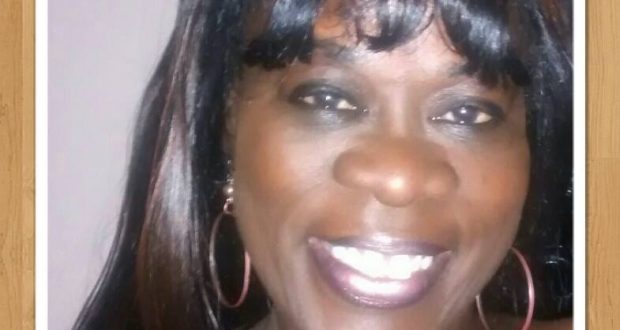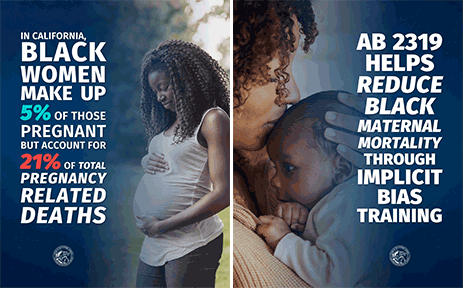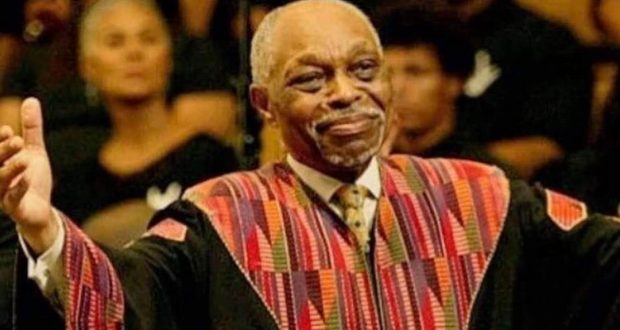BY COURTNEY SHEA
COVID-19 is changing the way we handle everything from work to play to fresh produce and other groceries. With so much uncertainty and anxiety in the air, it’s only natural to wonder whether that perfectly ripe avocado could be a potentially deadly weapon. But what are the actual facts around food safety? Is now a good time to go vegan, and do I really need to be washing my vegetables in soap and water?We consulted the experts. Some useful best practices and myth-busting below.
Do I need to wash fruit and vegetables with soap?
The debate around giving your fruits and veggies a bubble bath blew up last weekfollowing a viral video in which a family doctor from Michigan said soap and water was a good way to keep veggies COVID-19 free, which sounds like it makes sense (treat your honeydew melon as you would your hands). Since then a whole bunch of experts have refuted this advice, many pointing out that of the 1-million cases of COVID-19 worldwide, not a single one has come from contaminated food. Still not convinced?
Okay, there is also this from the FDA: “Washing fruits and vegetables with soap, detergent, or commercial produce wash is not recommended.” Jodi Koberinski, a food safety researcher at the University of Waterloo, agrees, noting that dish soap is likely to cause more problems than it solves including nausea, diarrhea, and cramping. “It is not made for and not safe for human consumption,” she explains.
But what if I rinse everything really well?, you may be thinking. The problem is that fruits and vegetables are porous and may absorb harmful chemicals that won’t come out with even the most rigorous rinse.
Okay, but isn’t a little diarrhea better than contracting COVID-19? First off, nobody said anything about a little diarrhea — you can get really sick, and so can your kids, if you have them. Secondly, that question is based on exactly the kind of false equivalency we need to be avoiding right now (along with bars, playgrounds, and IRL hangs). “Technically, it may be possible to contract COVID-19 from the surface of a piece of fruit,” says Koberinsk, noting that is not the threat that people should be focused on. And also that there’s no evidence that soap and water kills the COVID-19 virus on fruits and vegetables anyway. (Ditto for lemon juice, baking soda, and bleach — whatever you do, please don’t wash your edibles in Clorox.)
In other words, contracting COVID-19 through produce isn’t something you need to stress about. So chill out. And then do the same for your produce, washing them in cold (wan-wan) water, which will remove between 90% and 99% of germs and bacteria. For items with tough skin (avocados, potatoes) you can also use a scrub brush. It’s okay to wash that with soap. Same goes for your hands before and after you handle food of any kind.
Should I quarantine my groceries before I bring them inside?
This one is a little more straight forward: No, there is absolutely no reason to leave groceries outside or in the garage or the car, despite what you may have read on that fountain of misinformation known as the Internet. “This is absolutely not a good idea,” says Koberinski.And, in fact, the potential risks of ignoring best practices around refrigeration (ie, putting things that need to be in the fridge in the fridge) make this behavior not just excessivebut dangerous.
“It’s really important to remember basic food safety,” says Koberinski. “Both because best practices haven’t actually changed much. And also because any kind of sickness may weaken the body’s ability to withstand a truly virulent illness.” (Cough, cough, COVID-19.)
By all means, she says, bring groceries inside when you come home from the store. Place your bags and do your unloading on a surface that you can wipe down — with any alcohol-based cleaning spray — once everything has been put away.
Should I disinfect all the grocery packaging too?
Paranoia around packaging spiked last month after a new study showed that the COVID-19 virus can survive longer on certain surfaces (24-hours on cardboard, up to three days on plastic and stainless steel). So you can go to the hypothetical scenario where an infected grocery shopper has contaminated your box of Cheerios, and use this as justification for sanitizing every bit of packaging that passes your threshold.
Or, you can simplify by washing your hands and surfaces before and after all eating. If that doesn’t feel like enough, Koberinski suggests discarding packages rather than disinfecting. A lot of groceries (like cereal and crackers) have a bag within the box. Others can be stored in homemade jars of Tupperware. That way you’re feeling protected without wasting valuable cleaning products, which is probably the more relevant safety concern, Koberinski says.
What about using a UV light to kill the virus on groceries? That wouldn’t waste cleaning products.
UV lights don’t work, either. In short, because the level of UV required to kill COVID-19 is extremely unsafe.
Is now a good time to go vegetarian? I’ve heard meat holds particular threats.
There are plenty of reasons to consider a plant-based diet, but COVID-19 safety is not one of them. Particular worries around meat may come from the fact that the virus is believed to have originated with animals. But as far as food safety goes, that has zero baring. “Heating meat to the recommended temperature is the recommendation, same as always,” says Koberinski.
What about reheating takeout just to make sure it’s coronavirus-free?
Obviously you want to be careful about all food that is coming into your home, and if you don’t feel secure about food safety practices of a particular restaurant maybe just stick to home cooking, since repeated reheating isn’t safe either.
Is there a problem with being extra cautious?
If by that you mean upping safety measures, and erring on the side of caution, then no. Obviously people have every reason to feel scared and since the grocery store is pretty much the only place anyone’s allowed to go these days (as infrequently as possible), concerns around food safety are something we’re all talking about. That’s a good thing, and if COVID-19 gets us to think more seriously about food safety in the long term, that’s good too, says Koberinski. At the same time, she says, “We don’t want everyone turning into a cartoon version of a germaphobe or shelling out big bucks for bogus miracle cures.” Safety is important, but so are the facts.
 Westside Story Newspaper – Online The News of The Empire – Sharing the Quest for Excellence
Westside Story Newspaper – Online The News of The Empire – Sharing the Quest for Excellence
